Coloring pages have long been a favorite pastime, offering relaxation and a touch of nostalgia. But did you know they can also be a window into the rich and diverse world of global art? By exploring global art styles through coloring, you can immerse yourself in the beauty and history of cultures across the world.
Table of Contents
From the intricate patterns of African tribal designs to the elegance of Japanese Ukiyo-e, coloring pages provide a fun and accessible way to connect with cultural art forms while enhancing your creativity. Let’s journey across continents and centuries, one coloring page at a time!
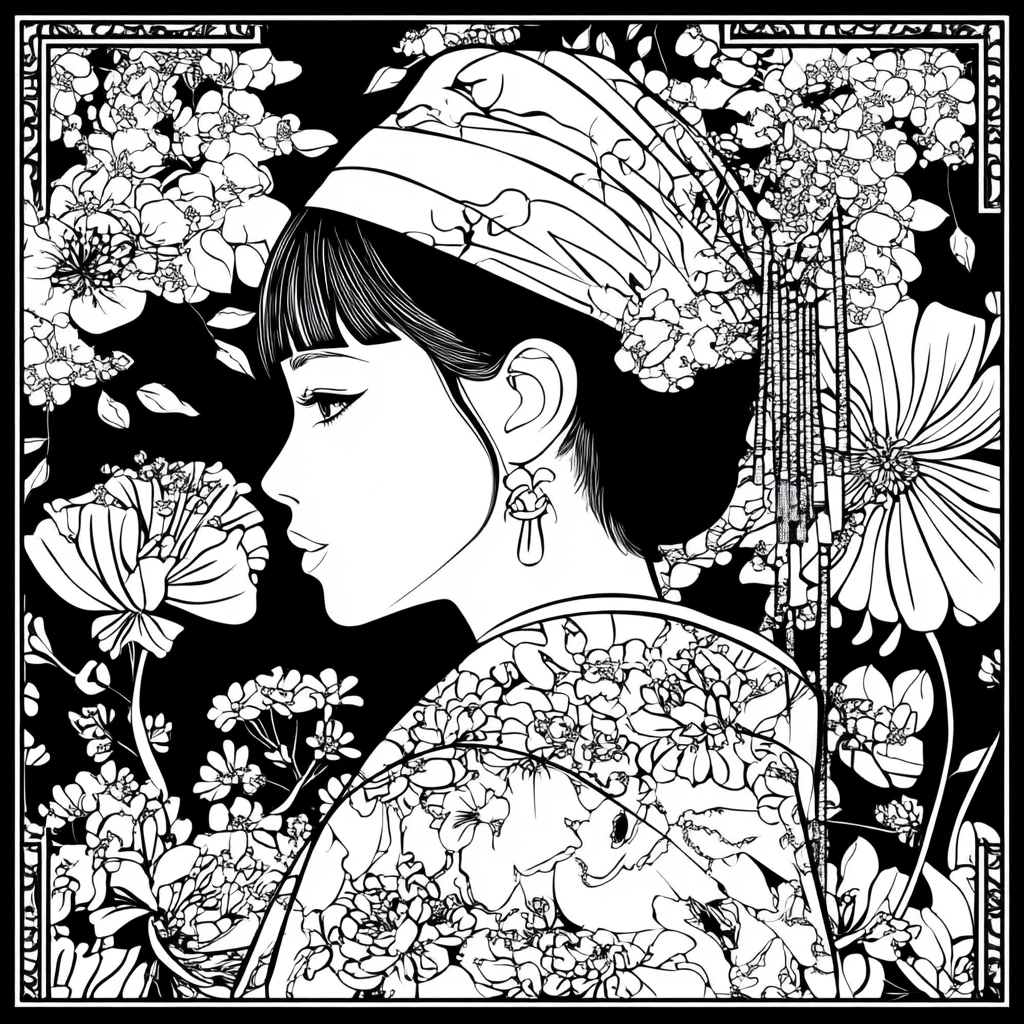
Understanding Global Art Styles
What Defines an Art Style?
Art styles are distinct ways of expressing creativity influenced by cultural, historical, and social factors. Each style reflects the unique identity of its origin, telling stories and preserving traditions.
The Cultural Significance of Art
Art serves as a bridge between generations, preserving the essence of a culture. Exploring these styles through coloring allows you to step into the shoes of artists from different times and places.
How Coloring Pages Bring Art to Life
Coloring pages transform complex art styles into approachable designs. Whether you’re shading delicate patterns or experimenting with bold strokes, coloring helps you connect with the intricacies of global art.
The Benefits of Exploring Global Art Styles Through Coloring
Cultivating Cultural Appreciation
Coloring global art styles offers a deeper understanding of cultural diversity. It’s a hands-on way to celebrate the beauty of traditions from around the world.
Enhancing Artistic Skills and Creativity
Experimenting with various styles challenges your artistic abilities, helping you develop skills in shading, patterning, and color theory.
A Therapeutic Journey Through Global Aesthetics
Coloring is a known stress-reliever. Exploring global art styles adds a layer of mindfulness, as you immerse yourself in the stories and symbolism behind each design.
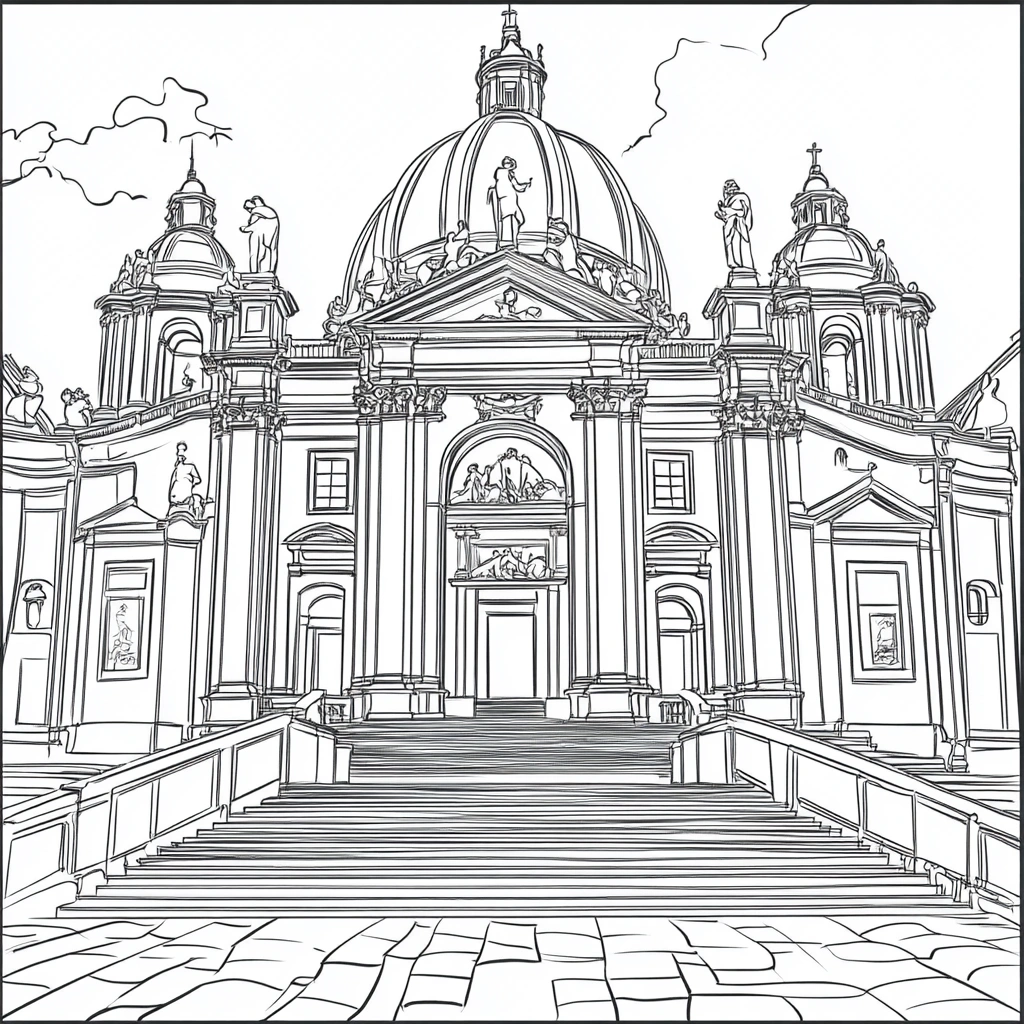
Popular Global Art Styles for Coloring Pages
Traditional Japanese Ukiyo-e
Known for its graceful woodblock prints, Ukiyo-e captures the fleeting beauty of nature and daily life.
Indian Madhubani Art
Vibrant and intricate, Madhubani art showcases the rich cultural heritage of India, with themes of mythology and nature.
African Tribal Patterns
With bold geometric designs and vibrant colors, African tribal art tells stories of identity and tradition.
European Renaissance Art
The Renaissance era brought forth masterpieces that are rich in detail and historical significance, perfect for artistic exploration.
Indigenous Australian Dot Painting
This unique art form uses dots and patterns to convey stories, connecting the artist to the land and their heritage.
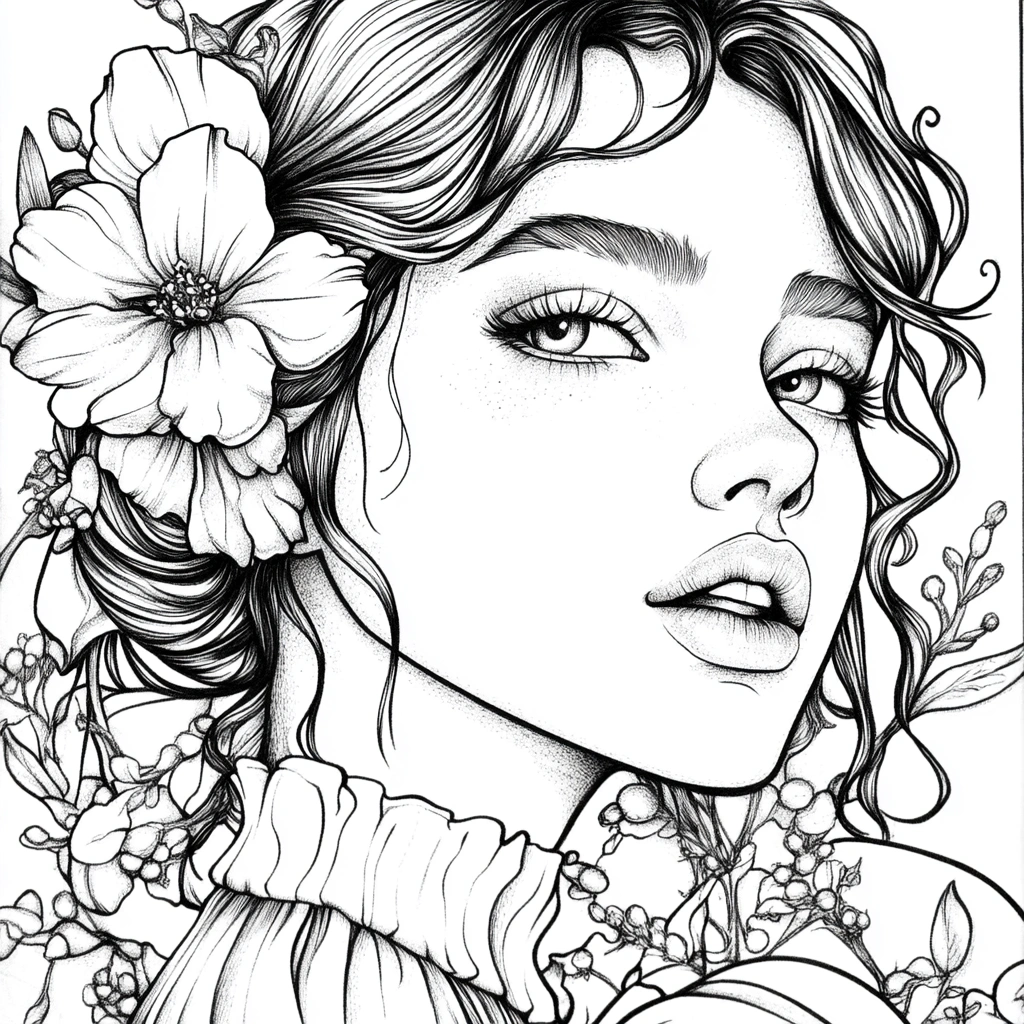
Tools and Techniques for Coloring Global Art Styles
Choosing the Right Materials
Invest in quality colored pencils, markers, or watercolor paints to bring out the best in your coloring pages.
Understanding the Characteristics of Each Art Style
Familiarize yourself with the elements of each style, such as the symmetry of Madhubani or the delicate lines of Ukiyo-e.
Experimenting with Colors and Textures
Don’t hesitate to blend colors or add textures to mimic the original art forms. Creativity knows no bounds!
Japanese Ukiyo-e Coloring Pages
The Elegance of Woodblock Prints
Ukiyo-e, meaning “pictures of the floating world,” depicts serene landscapes, kabuki actors, and beautiful women.
Common Themes in Ukiyo-e Art
Nature, seasons, and everyday life are central to this style, offering a tranquil and timeless appeal.
Tips for Coloring Traditional Japanese Designs
Use soft, muted tones and focus on shading to capture the delicate essence of Ukiyo-e art.
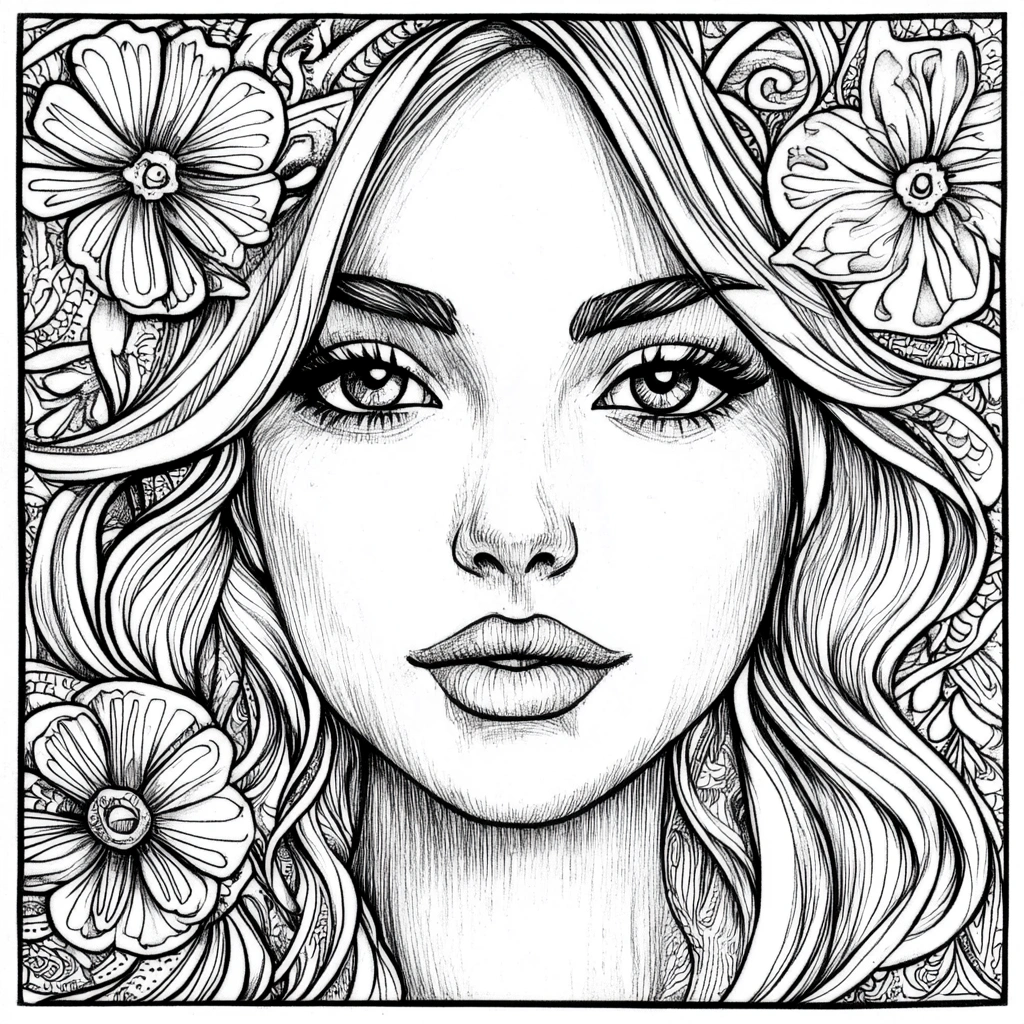
Indian Madhubani Art Coloring Pages
The Vibrant World of Madhubani
This folk art style is characterized by intricate patterns and bold, vibrant colors.
Symbolism and Motifs in Indian Folk Art
Madhubani often features motifs like peacocks, fish, and lotus flowers, each carrying deep cultural significance.
Bringing Madhubani Designs to Life with Colors
Stick to bright, contrasting hues, and pay attention to the symmetry and detail in the patterns.
African Tribal Patterns in Coloring Pages
The Diversity of African Art
Africa’s art styles vary greatly, reflecting the continent’s rich cultural tapestry.
Geometric Designs and Cultural Stories
Bold lines and repeating patterns are hallmarks of African tribal art, symbolizing community and heritage.
Techniques for Shading and Highlighting Tribal Patterns
Experiment with high-contrast colors and intricate shading to emphasize the depth of these designs.
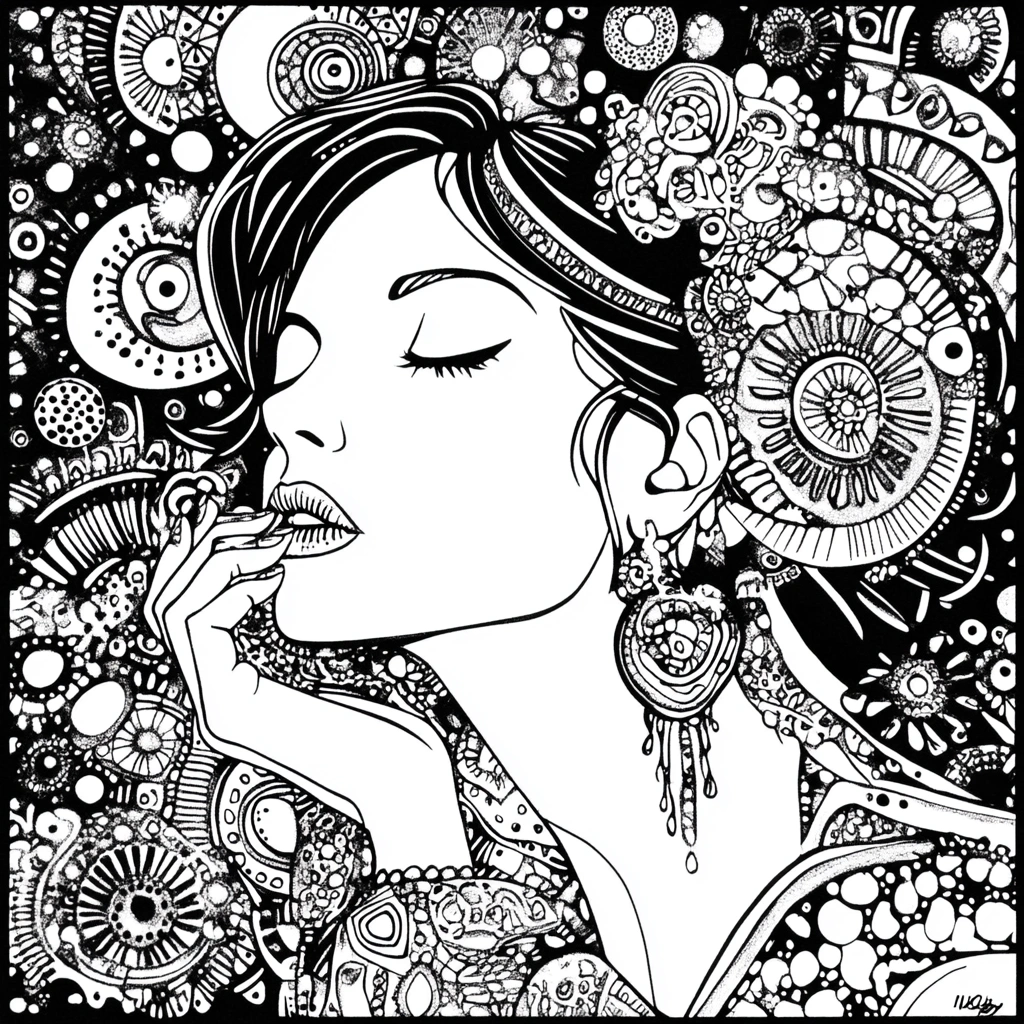
European Renaissance Art for Coloring Enthusiasts
The Grandeur of Renaissance Paintings
The Renaissance brought a rebirth of art, with a focus on realism, emotion, and grandeur.
Capturing Details in Historical Masterpieces
Pay attention to the fine details, such as folds in fabric and expressions on faces, to do justice to this style.
Exploring Renaissance Themes in Coloring Pages
Recreate iconic themes like mythology, religious scenes, and portraits using rich and dramatic colors.
Indigenous Australian Dot Painting in Coloring Pages
Understanding the Storytelling Aspect
Dot painting is deeply rooted in storytelling, with each pattern representing a piece of the artist’s narrative.
The Significance of Dots and Patterns
Dots are more than decorative—they hold meaning, often tied to spiritual and cultural beliefs.
Tips for Creating Layered Effects
Build layers of dots using contrasting colors to mimic the depth and complexity of authentic dot paintings.
Creating Your Own Culturally Inspired Coloring Pages
Drawing Inspiration from Global Art
Study art styles that resonate with you and reinterpret them with your unique perspective.
Tools for Designing Your Own Coloring Pages
Use digital tools like Adobe Illustrator or Procreate to create detailed, professional-quality pages.
Sharing Your Creations with Others
Publish your work on platforms like Etsy or Pinterest to connect with a global audience.
Conclusion
Exploring global art styles through coloring pages is a creative adventure that transcends borders and time. It’s a way to celebrate cultural diversity, hone artistic skills, and find relaxation in the process. With each page, you’re not just coloring—you’re traveling the world through art.